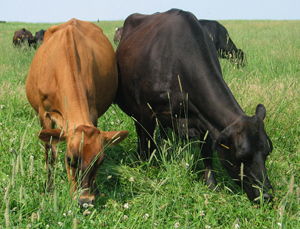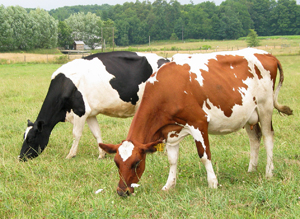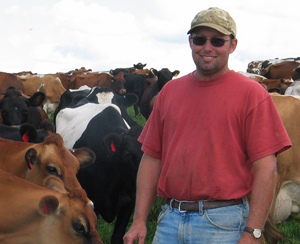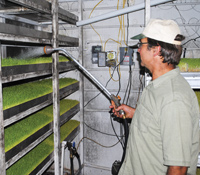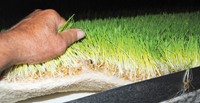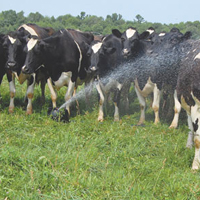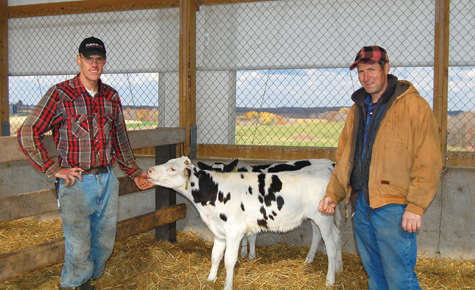By Jon Bansen
Monmouth, Oregon—At the latest American Forage and Grasslands Council meeting, the buzz was about increasing profitability by extending the grazing season. Although one piece of the puzzle, it’s also true that increased days on pasture can come at a high price if soils and plant health are degraded.
In reality, the true profits lie with optimizing a farm’s total feed production, with an eye on putting as much forage as possible into the animal through managed grazing. There are no instructions for putting this puzzle together, as each of our farms is unique in its soil types, weather patterns, topography, irrigation potential and land base. Continue reading “The profit key: working within your farm”

